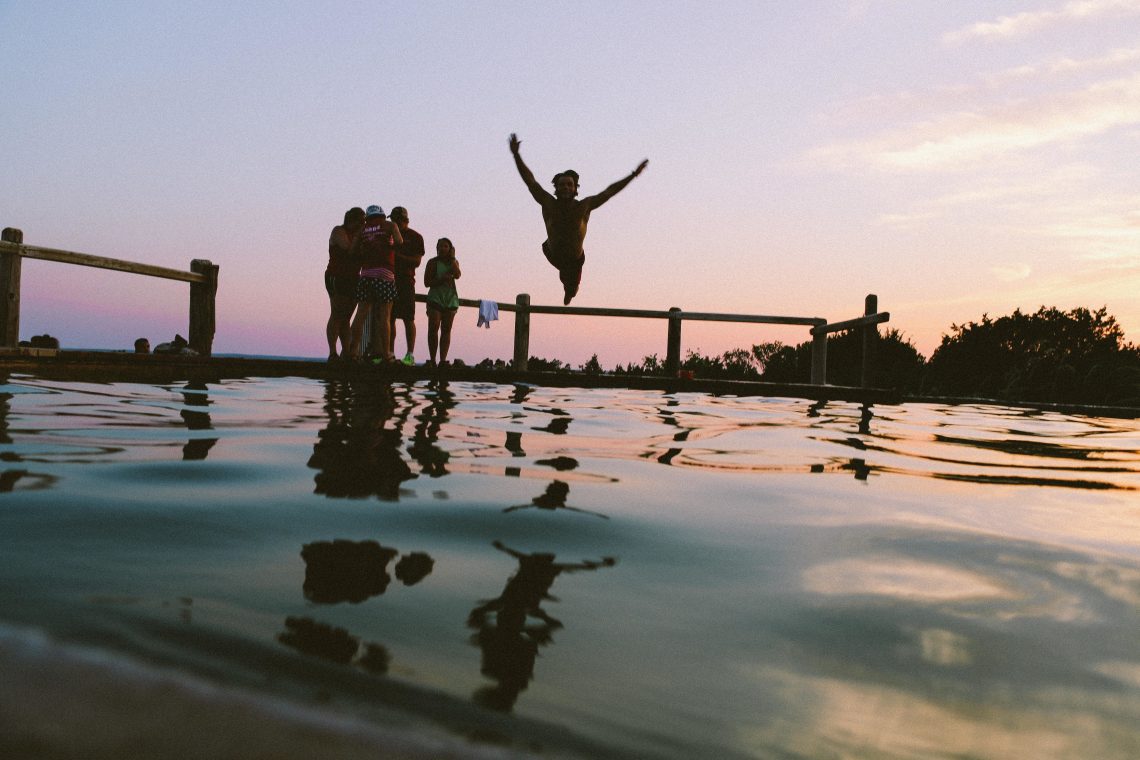
Heatwave Hijinks
The recent record breaking heatwave was great for outdoor swimmers celebrating the summer solstice in style. However, with the extreme conditions there is also a downside. So far, the headlines have included the tragic news of the deaths of two teenage boys in separate incidents who were out enjoying the warm weather and got in to difficulties whilst swimming in the cool water of local lakes.
Unfortunately, this is a question of history repeating itself. Most years we will have a short spell of hot weather in May to July time, when the water at our beaches and in our local lakes, rivers and reservoirs is still quite cool. A similar situation occurred last year, when six people swimming in open water died in the space of one hot weekend and again in 2013 when five people got into difficulties and died when swimming. Many take the opportunity to cool off using our water ways, some are a little naïve about swimming in cold water and the location they choose to swim. In most instances, the shock experienced going in to cold water can be nothing more than a joke to laugh about with friends afterwards; however, for those not familiar with the water, depth in which they are swimming and entry and exit points, what seems like harmless fun have on more than a few occasions developed into life-threatening situations. Some authorities respond to tragic accidents by banning swimming or placing warning signs in prominent places (which some seasoned swimmers do ignore). While in some instances the health and safety culture may have led to some overzealous signage, in others it has been placed there to help warn the general public of the very real dangers posed by swimming in those sites.
With both the RNLI’s Respect the Water and the RLSS’s Drowning Prevention Week campaigns underway, we need to ask should it be the sole responsibility of these large campaigns and initiatives to promote water safety or can we, as outdoor swimmers, do more? The answer is clearly ’Yes’. Maybe it is time that outdoor swimmers support these campaigns more vociferously, focussing their effort in their local communities to support safe outdoor swimming. A great example of this is the recently published “Outdoor Swimming Society Guide to inland Bathing areas”, where access to safe swimming spots has been granted (to previously closed waterways) with appropriate signs and swimming areas are clearly marked. This is a great example that will hopefully be replicated across the country.
This is not a ‘call to arms’ to prescribe a strategy to improve water safety or for every open water swimmer to man their local swimming areas to ensure safe swimming practices, or to write to every local council to open the local duck pond to swimmers. You as outdoor swimmers have a range of experience, skills, local knowledge and a sense of adventure that could enable young people to enjoy outdoor swimming safely and may help prevent the tragic accidents that we have read about this week and every summer. This wealth of knowledge could help support outdoor swimming in a range of innovative and inventive means that benefit your local area. After all, young people are the next generation of outdoor swimmers, we want to encourage them to swim, but in places they can do so safely.
Don’t tell young people they can’t swim outdoors, let’s show them how and where they can swim safely.
Heather Massey is a Senior Lecturer in Sport, Exercise and Health at the University of Portsmouth.







